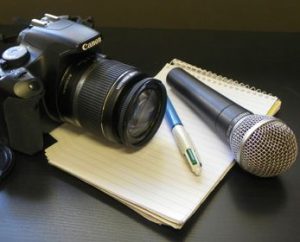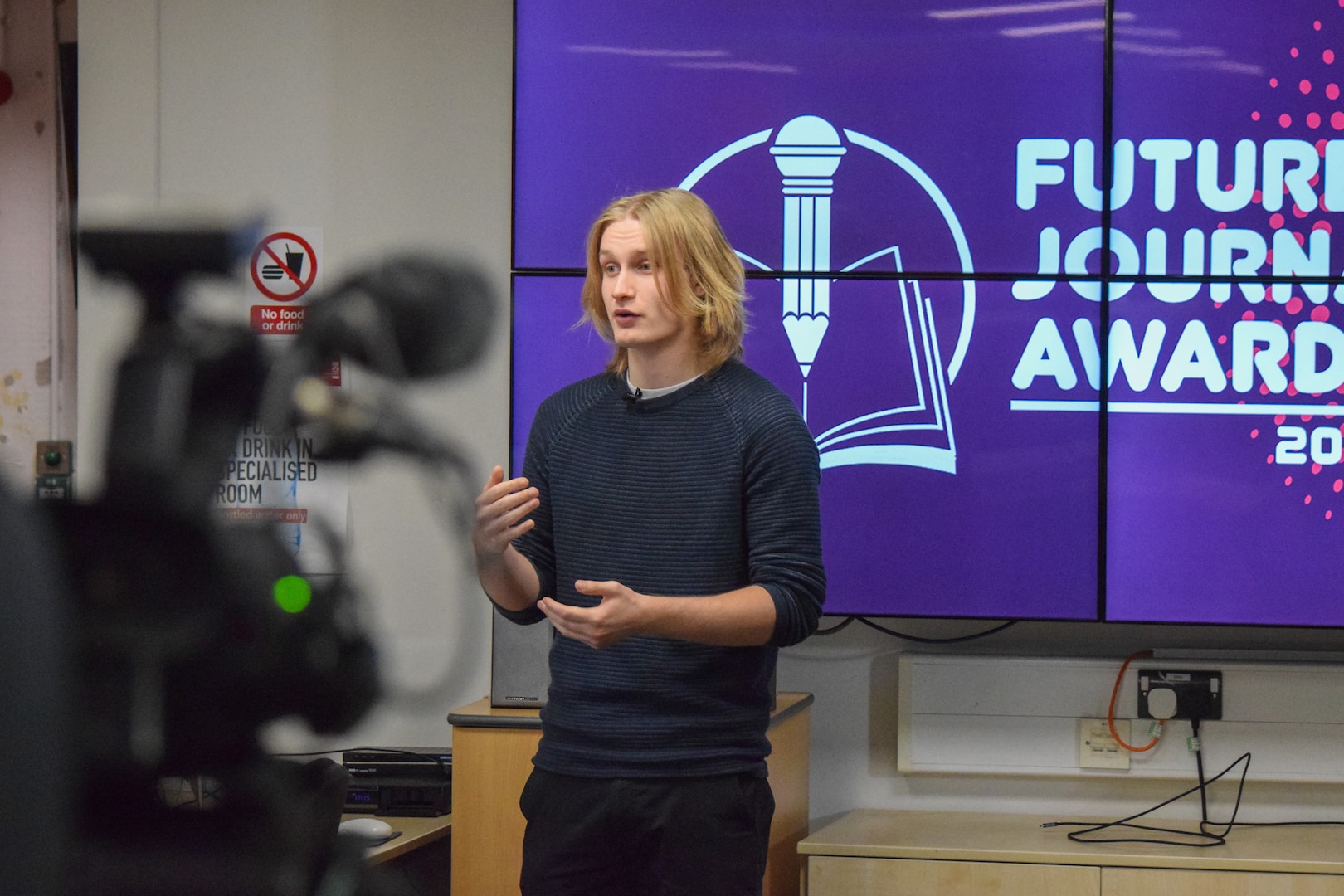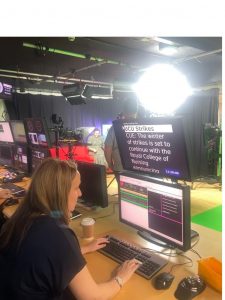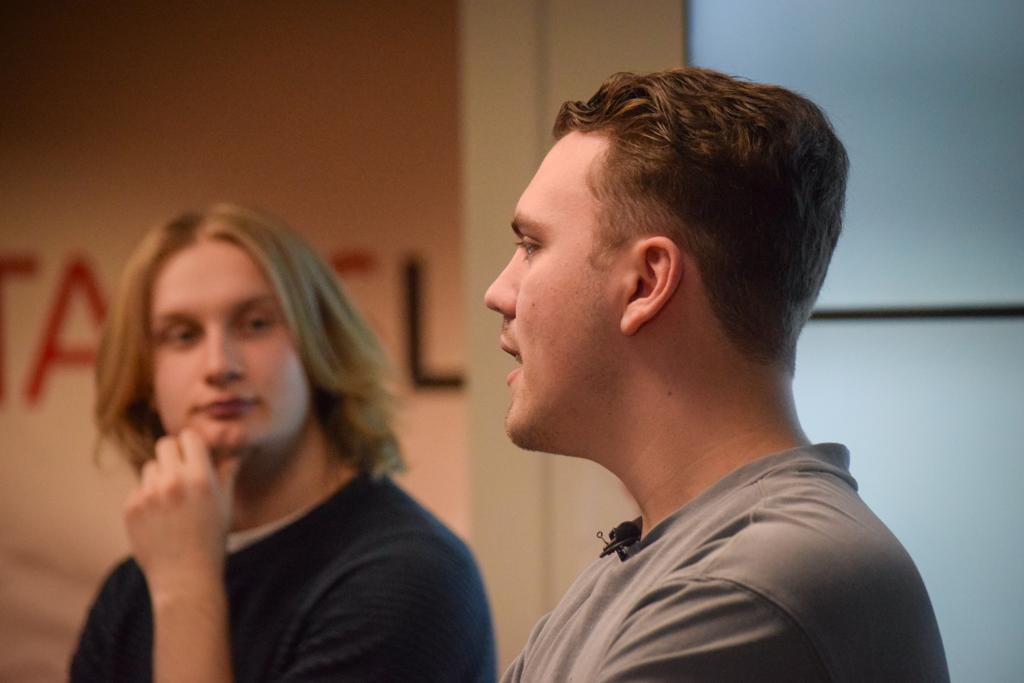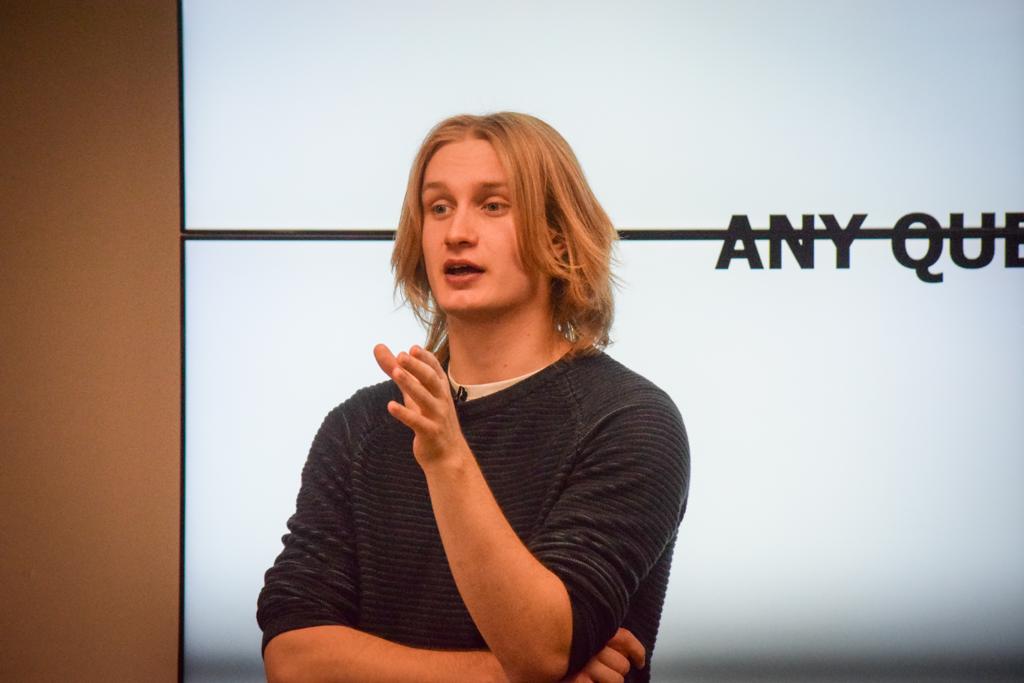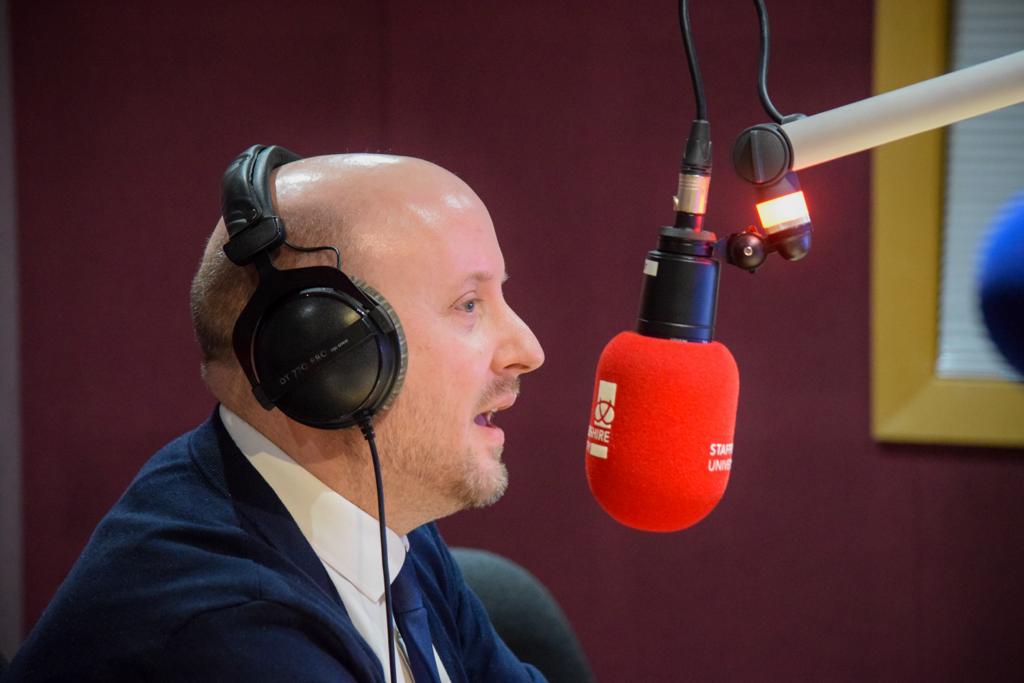In the vibrant digital era, journalism is at a crossroads, embracing innovation and uncharted possibilities. Join us as we explore the unexplored frontiers of journalism in the digital age, where new strategies become our compass.
Digital Story Ecosystems: Beyond the Basics
News delivery has evolved beyond traditional means. Podcasts, live streams, and augmented reality now shape storytelling. Engage with your audience in immersive ways, turning stories into experiences. Navigating this digital realm means experimenting with new formats and adapting to changing preferences.
Community-Centric Journalism: Where You Shape the Narrative
As journalism extends beyond traditional borders, community-centric approaches take centre stage. Online forums are not just sources but active participants in shaping narratives. Successful navigation involves building meaningful connections, co-creating stories that resonate across diverse communities.
Personalised News Experiences: Tailoring for Impact
In an era of information abundance, personalisation is key. Algorithms curate news tailored to individual tastes. Navigating this landscape means balancing personalised content with journalistic integrity, crafting stories that resonate universally while catering to individual preferences.
Beyond the Click: Meaningful Engagement in the Digital Age
Beyond mere clicks, meaningful engagement is the metric of success. Explore interactive elements like social media polls and live Q&A sessions. Invite your audience into the journalistic process, fostering a sense of co-ownership in the news narrative.
Anticipating the Unknown: Future-Proofing Journalism
The digital landscape is ever-evolving, with emerging technologies shaping the future. Navigate this terrain by becoming a futurist, staying ahead of the curve with virtual reality, artificial intelligence, and interactive storytelling. Future-proofing journalism means being agile in the face of technological advancements.
In conclusion, the digital age unfolds unexplored possibilities for journalism. Embrace innovative storytelling, community engagement, personalisation, and meaningful interactions. The future of journalism lies not just in adapting to change but in actively shaping a bold narrative in this new digital frontier.



